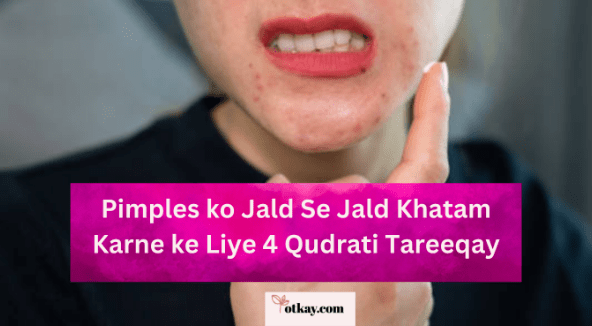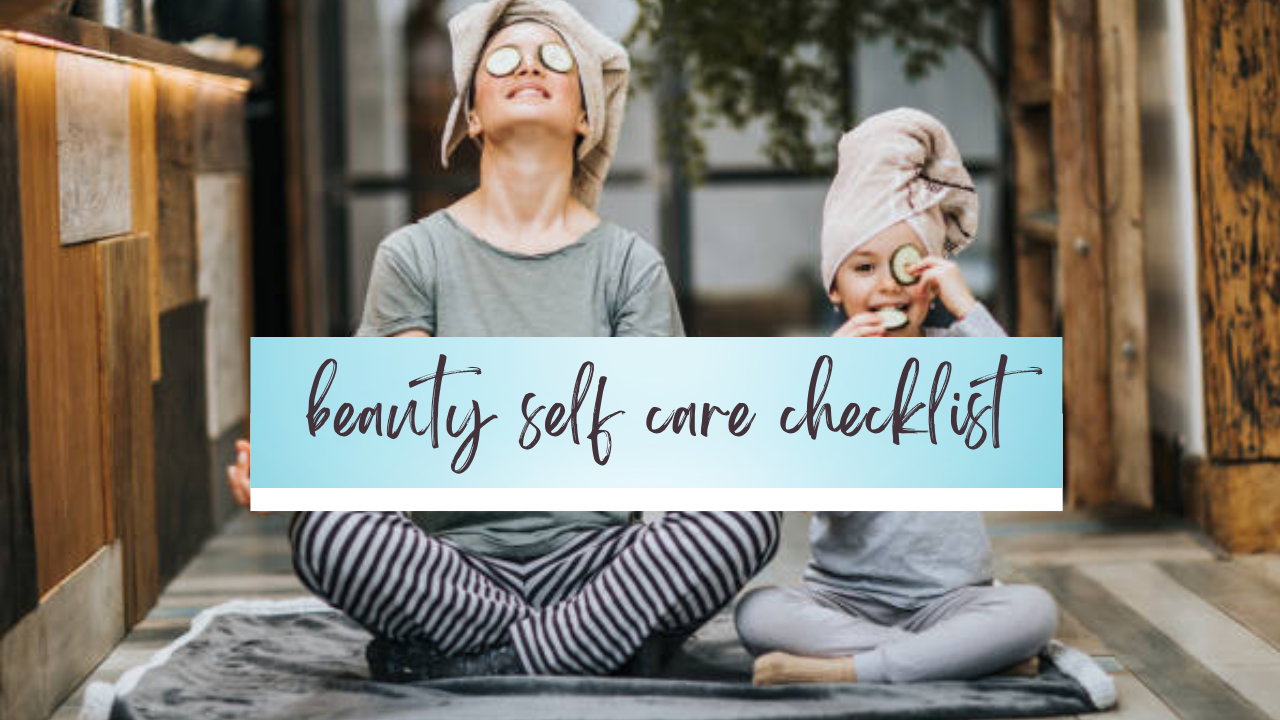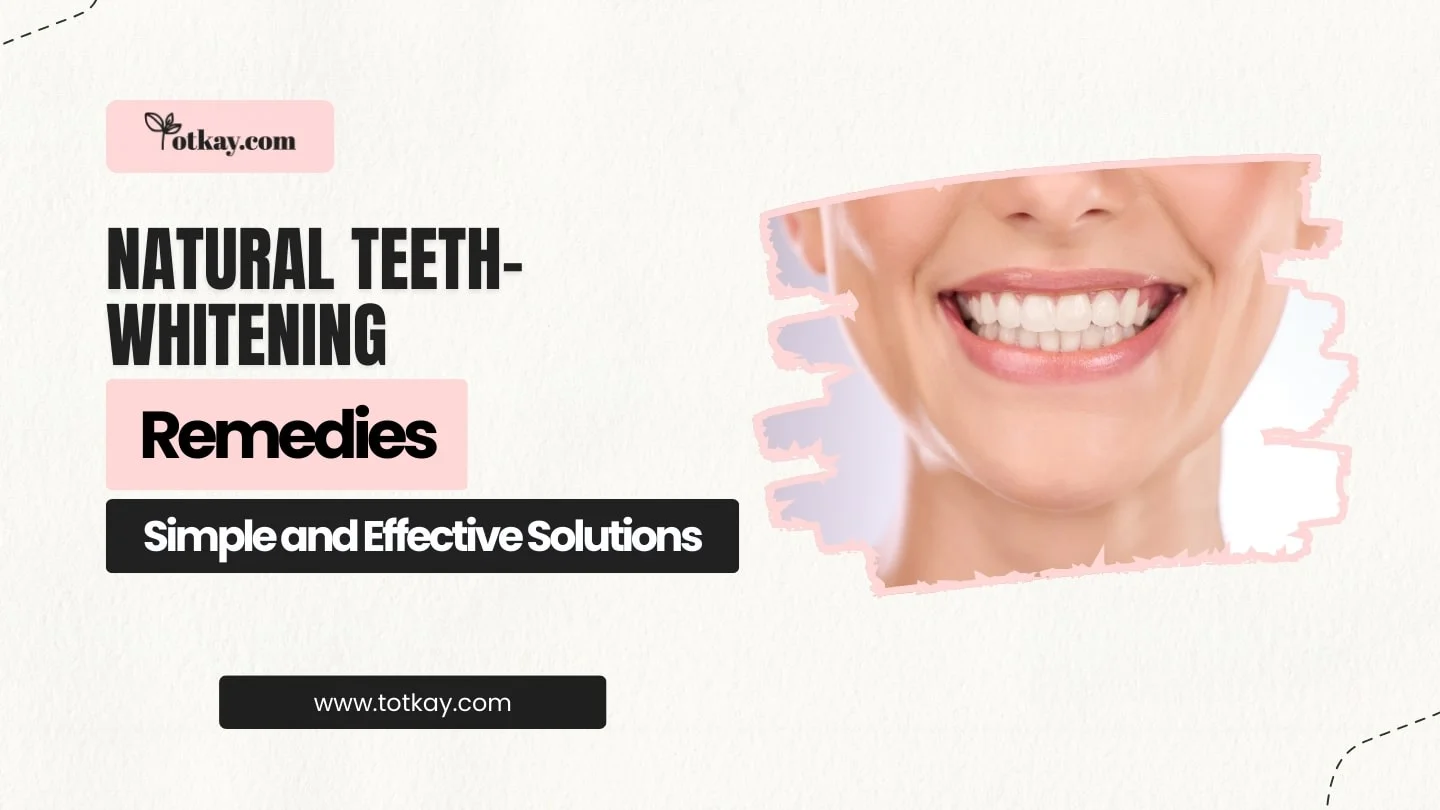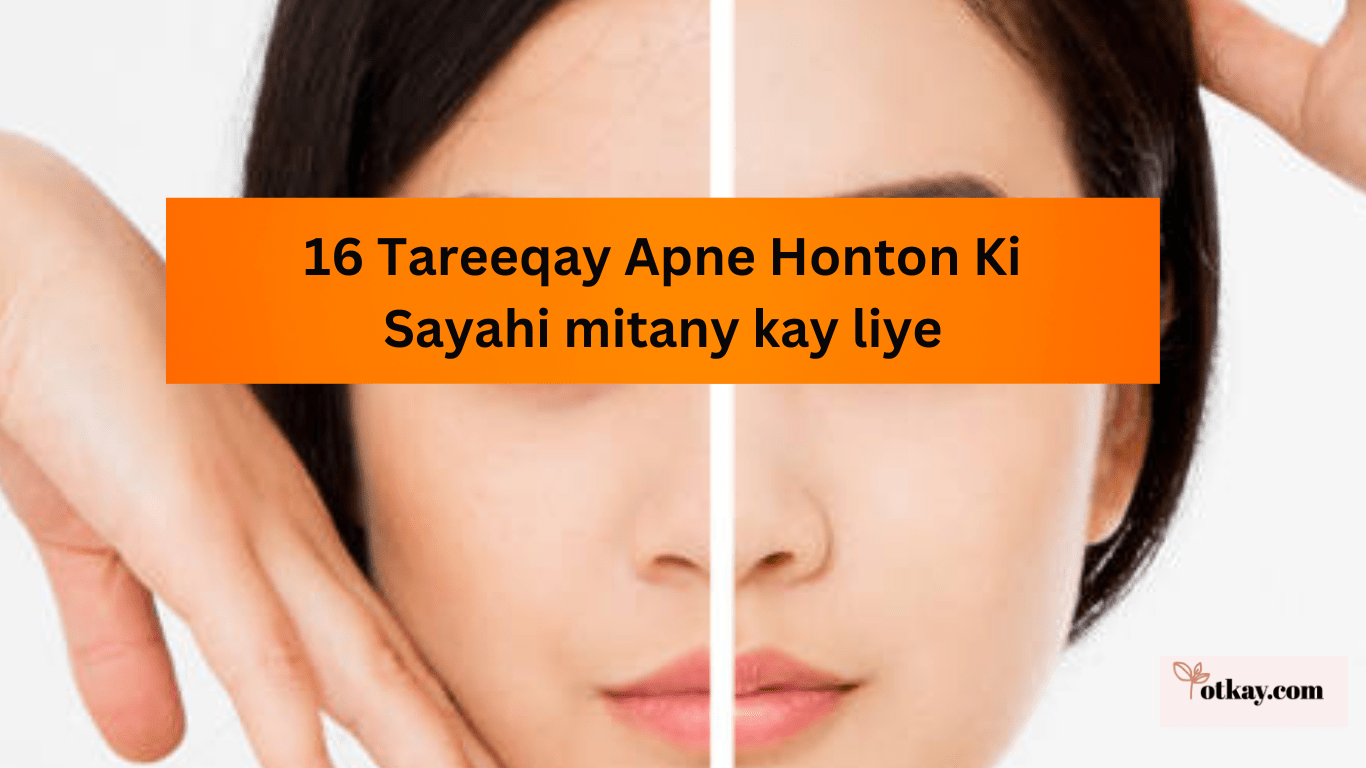From Pimple Woes to Clear Skin Bliss: Mastering the Totkay for Pimples
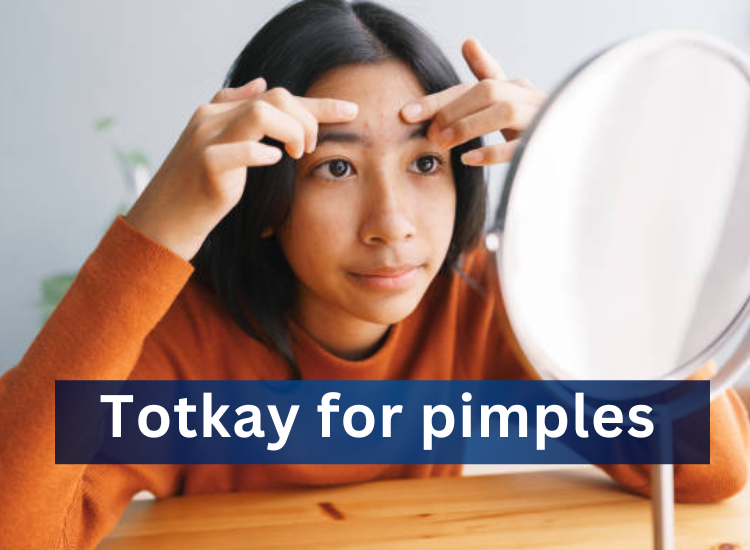
Are you sick of battling annoying pimples that won’t go away? It’s time to say goodbye to severe acne problems and welcome the road to clean skin pleasure. We’ll reveal how to master the art of Totkay for pimples.
As we examine the best acne treatment ideas, be ready to go on a journey where traditional knowledge meets contemporary skincare. Prepare to recover your self-confidence and flaunt the flawless, glowing skin you’ve always desired.
Let’s dive into the further read and get the secrets for glowing & clear skin.
Best Remedy for Getting Rid of Pimples:
In your search for clear, propioni bacterium acnes free skin, turning to home remedies while dealing with the aggravating nature of pimples may be a game-changer. You may use various natural products readily available in your kitchen or neighborhood grocery shop to get rid from pimples successfully.
This blog delves into the world of at-home treatments for zits. These mild yet effective cures help you say goodbye to annoying pimples. They range from the soothing aloe to the antibacterial qualities of green tea tree oil.

Prepare to discover the secrets of these tried-and-true treatments as you search for a complexion that exudes confidence and clarity. Embrace the natural miracles of home treatments and bid acne farewell!
Now it’s time to reveal the secrets that will help you to get acne-free skin.
Neem Leaves Paste:
Due to its significant antibacterial and anti-inflammatory effects, neem leaf paste has been a staple of traditional Ayurvedic therapy for generations. Azadirachta indica, another name for Neem, is an indigenous tree to India.

Even while neem leaf paste might help treat acne, it’s crucial to remember that every person will experience outcomes differently. It’s usually a good idea to conduct a patch test on a tiny piece of skin before using it all over your face.
Discontinue usage and seek medical advice if you have any adverse reactions or allergies.
Neem leaves paste can help you achieve brighter, healthier-looking skin with appropriate hygiene habits and a healthy lifestyle.
Reasons why neem leaf paste works?
Strong antibacterial effects may be found in substances found in neem leaves, such as Nimbin and genuine. These qualities aid in the fight against the microorganisms that cause pimples.
Effects on inflammation:
Skin inflammation is a common cause of pimples. The paste made from neem leaves helps ease swelling, redness, acne scars, and inflammation brought on by acne.
Control of oil production:
Acne frequently results from excessive oils production. Natural astringents in neem leaf paste help control sebum production, making skin less greasy and decreasing the possibility of blocked pores & blackheads.
Gentle on the skin:
Neem leaf paste is typically well accepted by most skin types since it is gentle for skin irritation. It is a mild alternative for sensitive skin because it is a natural cure without harsh ingredients.
How to make Neem leaves paste?

- Begin by getting some fresh neem leaves. Neem leaves are frequently available online or at specialized grocery stores.
- Neem leaves should be thoroughly cleaned to get rid from any dirt or contaminants.
- Neem leaves should be crushed or ground into a fine paste using a blender, mortar, and pestle. If more water is required to obtain a smooth consistency.
- Directly apply the neem leaf paste to the skin’s affected area. For accurate application, use your fingertips or a fresh cotton ball.
- Give the neem leaf paste on your acne prone skin around 15 to 20 minutes to dry.
- Use warm water to wash the paste off gently, then pat your skin pores dry. Cold water & boiling water are not good options to wash your face.
Honey and Cinnamon Mask:
An excellent therapy for pimples is the honey and cinnamon mask, a well-liked home remedy recognized for its antibacterial and anti-inflammatory characteristics. You have to treat your face with very care. Patch test is a must before applying anything to your face.
Since ancient times, honey and cinnamon have been utilized in several traditional treatments and beauty regimens.

It’s crucial to remember that while honey and cinnamon may be advantageous for many people, specific outcomes may differ.
Before putting the mask on your entire face, try a patch test, especially if you have sensitive skin or allergies. Stop utilizing the product and see a dermatologist if you have any adverse effects.
A honey and cinnamon mask, other effective skincare techniques, and a healthy diet will help you achieve cleaner, more beautiful & clear skin.
Reasons why honey and cinnamon masks?
Honey and cinnamon have antibacterial properties that help fight the germs that cause pimples.
Effects on inflammation:
Inflammation and redness are frequently present alongside pimples. Due to their anti-inflammatory qualities, honey and cinnamon can soothe the skin, lessen redness, and relax the afflicted region.
Antioxidant-rich:
Honey and cinnamon contain many antioxidants, which can help shield the skin from oxidative damage by free radicals. This aids the healing process and enhances overall skin health.
Moisturizing and nourishing:
Honey is a natural humectant, which helps retain moisture in the skin, keeping it moisturized and nourished. The natural oil production of the skin may also be balanced.
How to make honey and cinnamon masks?
- You’ll need cinnamon powder and premium raw honey. For optimal advantages, make sure the honey is raw and unprocessed.
- Three tablespoons of honey & one teaspoon of ground cinnamon should be combined in a small bowl. When you have a uniform, smooth paste, thoroughly combine the ingredients.
- Washing your face with a mild cleanser and warm water will help you have a fresh start. To dry, pat your skin.

- Apply the honey and cinnamon combination to the skin’s affected area using clean hands or a brush. If desired, you can also cover your complete face with the mask.
- Give the mask roughly 10-15 minutes to dry on your skin. The components have more time to perform their magic as a result.
- After the allotted time, carefully rinse the mask off with warm water. Make sure the mask has been completely rinse off.
Aloe Vera Gel:
Aloe vera gel is a natural plant-based remedy used for millennia for its calming and healing effects. It is made from the leaves of the Aloe barbadensis plant, which produces Aloe vera.
For the most part, particularly those with sensitive skin, aloe gel is harmless. Before using it on your entire face, you should, however, conduct a patch test on a tiny piece of skin, especially if you have allergies or known sensitivities.

Aloe gel can help decrease acne and improve skin health with appropriate washing, moisturizing, and a healthy diet.
Why Aloe Vera Gel is so compelling?
Aloe vera gel has anti-inflammatory capabilities since it includes substances like acemannan.
It is one of the best natural ingredients that promote healing and calms the skin by reducing the redness, popping pimples, hair growth, swelling, and inflammation on affected areas that come with pimples. It also reduce sebum production for any skin conditions.
Natural antibacterial qualities:
Aloe gel has antibacterial qualities that can help fight the microorganisms that cause pimples. This can aid in clearing up the skin and avoiding new outbreaks.
Moisturizing and hydrating:
Aloe gel is a fantastic moisturizer & remedy since it helps to moisten the skin without blocking pores. Additionally, it can assist in controlling the skin’s natural oil production, making it appropriate for various skin types.
Healing and soothing:
Aloe gel is relaxing and therapeutic because it includes vitamins, minerals, and antioxidants that support skin health, reduce skin problems, speed up wound healing, and encourage a clear complexion.
How to use Aloe Gel for treating pimples?
- Wash your face with warm water and a mild cleanser to get started. To dry, pat your skin.
- Slice open a fresh aloe leaf lengthwise if using it, then use a spoon to scrape off the gel. Use the appropriate quantity by simply squeezing the pre-packaged gel.
- Directly apply the aloe to the skin’s affected area. Use a cotton pad or clean fingertips to massage it gently. For added advantages, you may also apply it to your entire face for fighting acne in future.

- Give the gel at least 20 to 30 minutes to seep into your skin. If you like, you can leave it on all night.
- After the allotted time, you can rinse off the aloe by rinsing it with warm water. Aloe vera gel, on the other hand, is non-greasy and typically doesn’t call for washing. Don’t need to apply moisturizer.
Some Additional Tips for getting rid of pimples:
Here are a few skincare ideas that can cam make you able to get rid from pimples and help you to get flawless skin;
Lemon Juice:
Due to its acidic and antibacterial qualities, lemon’s juice is a standard natural therapy for treating acne. THE ABUNDANT vitamin C and citric acid in this food help exfoliate the skin, control excess oil, and encourage the clearance of dead skin cells.

A few drops of Lemon’s juice may be used topically to brighten skin, reduce the appearance of pimples, and unclog pores. Juice of lemon firm acidity can cause irritation or sensitivity to the skin; hence it is crucial to dilute it with water before applying it to the skin for acne treatment.
it has anti inflammatory properties. To determine the impact of lemon’s juice on your skin, it is suggested to do a patch test and gradually add lemon juice to your skincare regimen.
Tea Tree Oil:
Due to its strong antibacterial and anti-inflammatory characteristics, green tea oil, made from the Melaleuca alternifolia tea tree leaves, is a well-liked natural treatment for acne.
Tea tree oil has elements like terpinene-4-ol that work to fight the germs that cause acne outbreaks. Green Tea tree oil also soothes the skin & speeds up healing by reducing irritation and redness. Tea tree oil has anti inflammatory properties, so it can successfully target pimples when administered topically and aid in avoiding further outbreaks.

To prevent skin sensitivity or irritation, tea tree oil must be 1st be diluted with a carrier oil, such as coconut or jojoba oil, before being applied to the skin. To ensure green tea tree oil is suitable for your skin, it is best to conduct a patch test of tea tree oil first and gradually incorporate it into your skincare routine.
Turmeric Paste:
Turmeric paste, created from the powdered root of the Curcuma longa plant, is a well-liked natural therapy for healing pimples due to its anti-inflammatory and antibacterial characteristics.
Curcumin, turmeric’s primary ingredient, aids in reducing acne-related inflammation, redness, and edema.

Additionally, it contains antimicrobial qualities that help fight the microorganisms that cause pimples. To calm and treat pimples, apply a paste of turmeric, water, or other natural components to the problematic regions. This encourages cleaner, healthier skin.
But it’s crucial to remember that turmeric can momentarily stain the skin, so it’s best to conduct a patch test and exercise caution when using it on exposed regions of the face.
Apple Cider Vinegar:
A natural therapy known as apple cider vinegar (ACV) has grown in popularity due to its promise to cure acne. Acetic acid, which has antibacterial effects, is found in ACV, created from fermented apple juice. Add it in spray bottle & get rid from moderate acne causing bacteria.

ACV may be used topically to fight off acne-causing germs, reduce swelling, and maintain the skin’s pH balance. It can also function naturally as an astringent, clearing clogged pores and removing extra oil.
ACV’s firm acidity can irritate the skin; thus, diluting it with water before using it topically is essential. Conducting a patch test and gradually incorporating ACV into your skincare regimen to evaluate its impact on your skin is advised.
Reclaim Your Skin’s Glow: Home Remedies That Fight Pimples, Naturally!
In conclusion, home remedies provide a safe, natural method for treating zits and getting smoother, younger-looking skin.
These treatments utilize the strength of natural compounds, such as neem leaf paste, honey and cinnamon masks, aloe vera gel, tea tree oil, tea bag, ice cubes, zinc supplements, salicylic acid, lemon juice, tea tree oil, baking soda, turmeric paste, and apple cider vinegar, to reduce acne.
While individual outcomes may vary, including these at-home skincare solutions in your regimen, combined with appropriate hygiene habits and a balanced lifestyle, can help you achieve a more attractive and vibrant complexion.
Accept the ease and efficiency of home remedies and set off on a path to getting the clean, spotless skin you seek. Let’s prevent acne by adopting these simple skin care methods.

Hi, I’m a dedicated writer at Totkay.com, passionate about sharing practical tips and solutions to make your life easier. Explore my articles for helpful insights and valuable advice. Stay connected for more expert content!

